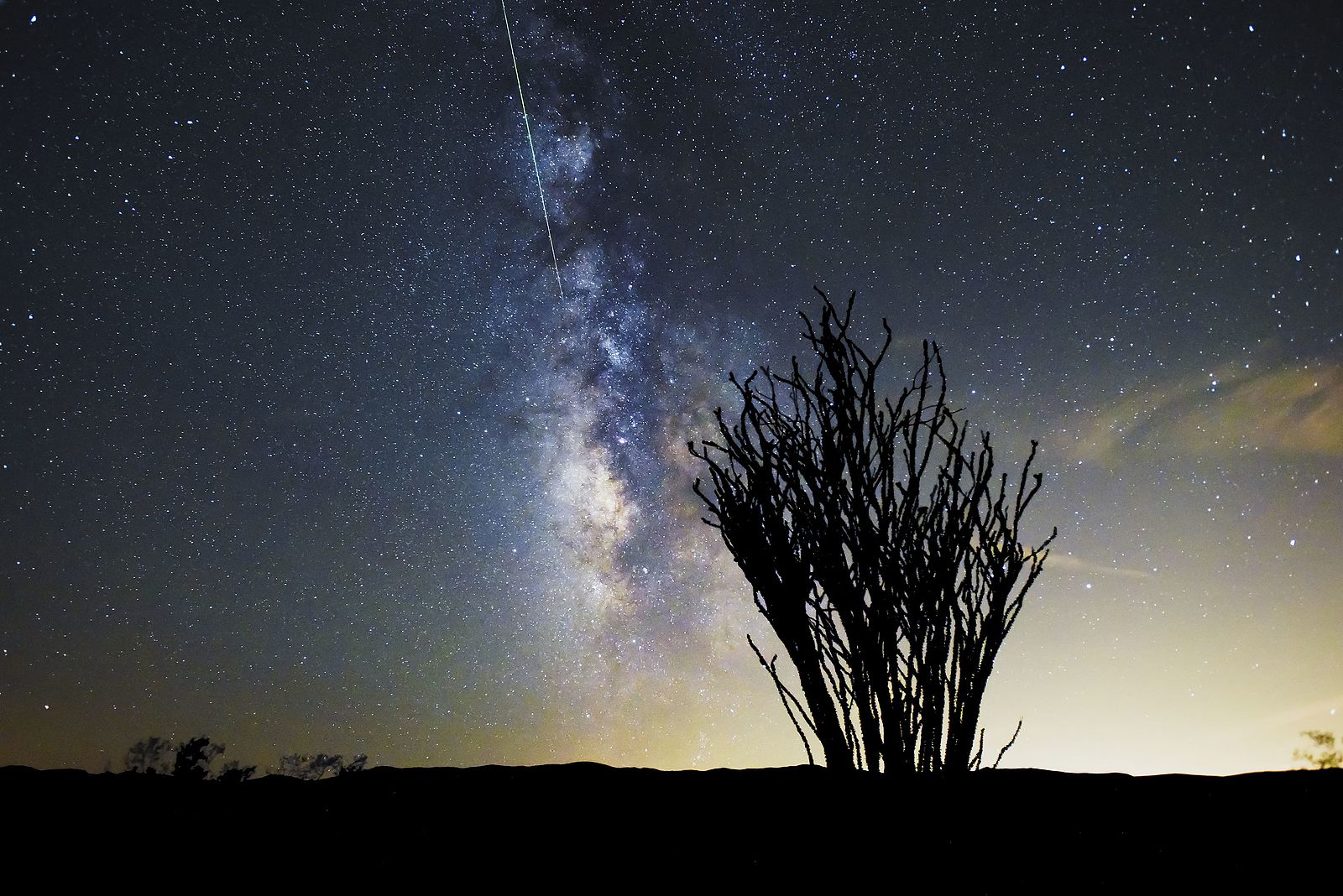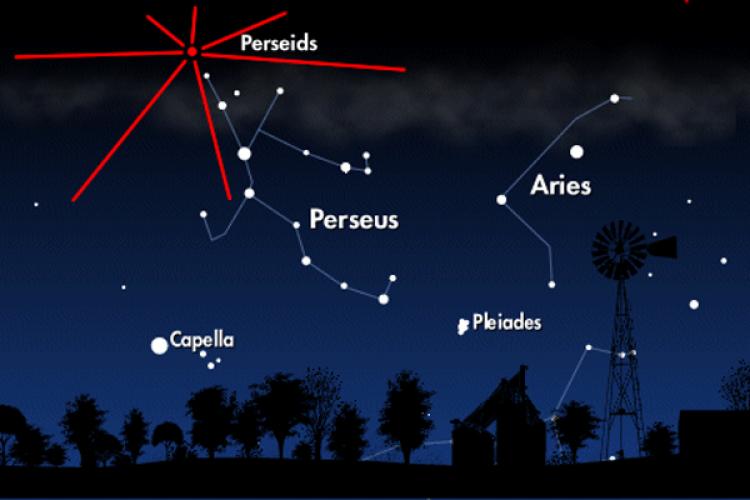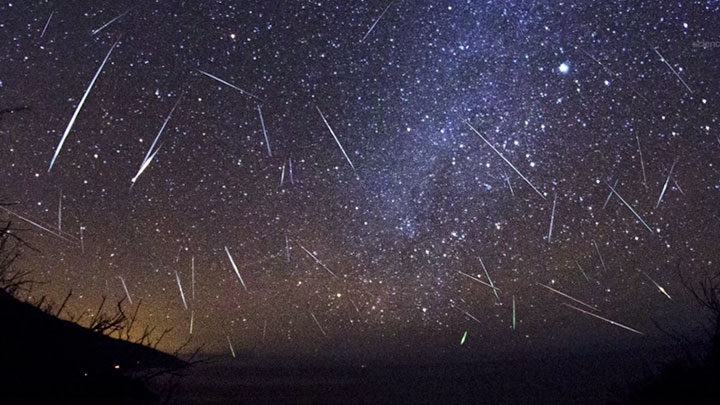
There are numerous meteor showers throughout the year. However, few are as popular, or as reliable, as the Perseids. The celestial show, which occurs when Earth passes through the path of Comet Swift-Tuttle, usually starts in mid-July and continues until the last week of August. This year, the best time to view the event will be between August 11 to 13, when our planet traverses through the densest comet dust and the meteors are the brightest and most frequent.
Named after the constellation Perseus they appear to spurt from, the Perseids are debris left behind by Swift-Tuttle each time it passes close to Earth during its 132-year-long orbit. Though the comet’s next flyby will not occur until 2126, the icy body has shed enough dust from its 1992 visit to assure us a spectacular astronomical shower annually. While the meteors are visible from around the globe, thanks to Swift-Tuttle's orbit, the best views are reserved for the residents of the Northern Hemisphere.

The Perseids’ consistent performance can be attributed to the fact that our planet always passes close to the center of the debris stream, where the dust is the most dense. Also helpful is the speed of the meteors, which can exceed over 132,000 mph as they strike Earth. Faster meteors have more energy causing them to leave behind a shining trail of gases and melted meteor particles as they disintegrate in the atmosphere. In the case of the Perseids, the dust particles are so large that they create “fireballs” — meteors as bright as the planets Jupiter and Venus. NASA scientists believe Swift-Tuttle's large (26 km diameter) nucleus is responsible for the size of the meteoroids.

However, even the most perfect meteor shower can be ruined by light pollution, artificial or natural. While the former can be avoided by heading to the countryside, not much can be done about a bright full moon. Fortunately, that will not be the case in 2018. “This year the moon will be near new moon, it will be a crescent, which means it will set before the Perseid show gets underway after midnight," NASA meteor expert Bill Cooke told Space.com. "The moon is very favorable for the Perseids this year, and that'll make the Perseids probably the best shower of 2018 for people who want to go out and view it."
Experts recommend settling down in an area where you can observe the entire dome of the sky and watching the stars with your bare eyes because telescopes and binoculars often restrict the view. Most importantly, be patient! It will take 10 to 15 minutes for your eyes to get accustomed to the dark skies and then maybe as long, or even longer, to spot a meteor or two. Finally, mark your calendars and don’t forget to make a wish when you spot the shooting stars.
Resources: Space.com, cnn.com, wikipedia.org
